Removing Kitchen Sink Stains & Preventing Them From Coming Back

by
Matthew Gingerella
(IC: homeowner)
I have an old original, yellow, double-sided kitchen sink that has drove me crazy for over 10+ years because it is constantly stained by coffee and food. It recently got to the point of ugliness that makes me perform a deep cleaning on it.
The following is a case study on how I got rid of the stains in the sink and also on the adjacent tile counter top, as well as, how I made sure that this was the LAST time that I would never have to perform that tedious, frustrating deep cleaning process, again!
The first set of photos labeled "After Light Cleaning" show the state of the sink and tile after a normal soap and water wash down. Notice the terrible brown coffee stains in what supposed to be a "Yellow" sink. On top of that, I found crusty hard water deposits under the faucet cover and dishwasher machine drain cap. And, the other problem shown is mildew stains in the adjacent tile grout from have a dishwasher strainer sitting on top of it.
The second set of photos labeled "After Deep Cleaning" show the results of my detailed cleaning efforts. The procedure is listed below.
DEEP-CLEANING PROCEDURE
STEP-1: Remove the Stains
a. I took the suggestions of my friends in this forum and used Barkeeper's Best Friend powder to scrub away most of the stains (sink and on tile and grout).
b. I followed up with a bleach soak of the sinks and on the tile and grout.
STEP-2: Remove Crusty Hard Water Deposits
a. Multiple applications of Lime-Away ®, scrubbing and scraping were required to remove all of the hard water deposits on the faucet & its cover, on the dishwasher overflow valve & cap, and around the rim of the sink.
The third set of photos labeled "After Protective Coating" show the results of after applying Self-Cleen ST3 Coating. The procedure is listed below.
PROTECTIVE COATING PROCEDURE
STEP-3: Apply Protective Coating
a. I applied Self-Cleen ST3 Self-Cleaning Protective Coating to all surfaces: sink, faucet, fixtures, plastic, tile, grout, dish strainer and sink guards. It can be found at SelfCleen.com
Per product instructions:
i. I sprayed on Coating (Part-1)
ii. I sprayed Coating (Part-2) over the top of Coating (Part-1)
iii. I swirled them together with a microfiber cloth (provided)
iv. After 30 seconds, I wiped off the excess coatings with a 2nd microfiber cloth (provided)
The coating's self-cleaning properties last about 6-months, so I have upgraded to a short, easy coating procedure to be performed every 6-months - in place of the constant deep-cleaning battle and stained sink problems.
TIME FRAME
Deep-Cleaning the Sink, Fixtures, Tile and Grout: Over 1.5 hours
Applying Protective Coating: About 15 min.
RESULTS
My kitchen sink, faucet, tile and grout look better than ever. The sink actually has a finish that shines and reflects.
I don't have to worry about stains from coffee or food. The sink finish is protected from scratching from pans, etc.
Cleaning is simple - just wipe-down with a light cleaning solution from now on.
No hard water deposit build-up.
No worries about bacteria, mold or mildew growth.
Life is Good and my Project is DONE!
I look forward to any questions that you may have.
The following is a case study on how I got rid of the stains in the sink and also on the adjacent tile counter top, as well as, how I made sure that this was the LAST time that I would never have to perform that tedious, frustrating deep cleaning process, again!
The first set of photos labeled "After Light Cleaning" show the state of the sink and tile after a normal soap and water wash down. Notice the terrible brown coffee stains in what supposed to be a "Yellow" sink. On top of that, I found crusty hard water deposits under the faucet cover and dishwasher machine drain cap. And, the other problem shown is mildew stains in the adjacent tile grout from have a dishwasher strainer sitting on top of it.
The second set of photos labeled "After Deep Cleaning" show the results of my detailed cleaning efforts. The procedure is listed below.
DEEP-CLEANING PROCEDURE
STEP-1: Remove the Stains
a. I took the suggestions of my friends in this forum and used Barkeeper's Best Friend powder to scrub away most of the stains (sink and on tile and grout).
b. I followed up with a bleach soak of the sinks and on the tile and grout.
STEP-2: Remove Crusty Hard Water Deposits
a. Multiple applications of Lime-Away ®, scrubbing and scraping were required to remove all of the hard water deposits on the faucet & its cover, on the dishwasher overflow valve & cap, and around the rim of the sink.
The third set of photos labeled "After Protective Coating" show the results of after applying Self-Cleen ST3 Coating. The procedure is listed below.
PROTECTIVE COATING PROCEDURE
STEP-3: Apply Protective Coating
a. I applied Self-Cleen ST3 Self-Cleaning Protective Coating to all surfaces: sink, faucet, fixtures, plastic, tile, grout, dish strainer and sink guards. It can be found at SelfCleen.com
Per product instructions:
i. I sprayed on Coating (Part-1)
ii. I sprayed Coating (Part-2) over the top of Coating (Part-1)
iii. I swirled them together with a microfiber cloth (provided)
iv. After 30 seconds, I wiped off the excess coatings with a 2nd microfiber cloth (provided)
The coating's self-cleaning properties last about 6-months, so I have upgraded to a short, easy coating procedure to be performed every 6-months - in place of the constant deep-cleaning battle and stained sink problems.
TIME FRAME
Deep-Cleaning the Sink, Fixtures, Tile and Grout: Over 1.5 hours
Applying Protective Coating: About 15 min.
RESULTS
My kitchen sink, faucet, tile and grout look better than ever. The sink actually has a finish that shines and reflects.
I don't have to worry about stains from coffee or food. The sink finish is protected from scratching from pans, etc.
Cleaning is simple - just wipe-down with a light cleaning solution from now on.
No hard water deposit build-up.
No worries about bacteria, mold or mildew growth.
Life is Good and my Project is DONE!
I look forward to any questions that you may have.
Enjoyed the project?
Published August 1st, 2013 8:04 PM
Comments
Join the conversation
2 of 12 comments
-
 Rebecca Sciandra
on Aug 02, 2019
Rebecca Sciandra
on Aug 02, 2019
Why beekeepers best friend as opposed to regular scowering powder cleansers
This is an awesome share! Just moved into my house and have a white sink that I have to scrub forever to look clean
-
-
 R Miel
on May 21, 2022
R Miel
on May 21, 2022
I had the water coming back up problem and found it very disappointing. After researching some tutorials I solved it successfully and shared my experience in this article https://sinkformula.com/water-coming-back-up-kitchen-sink/
-




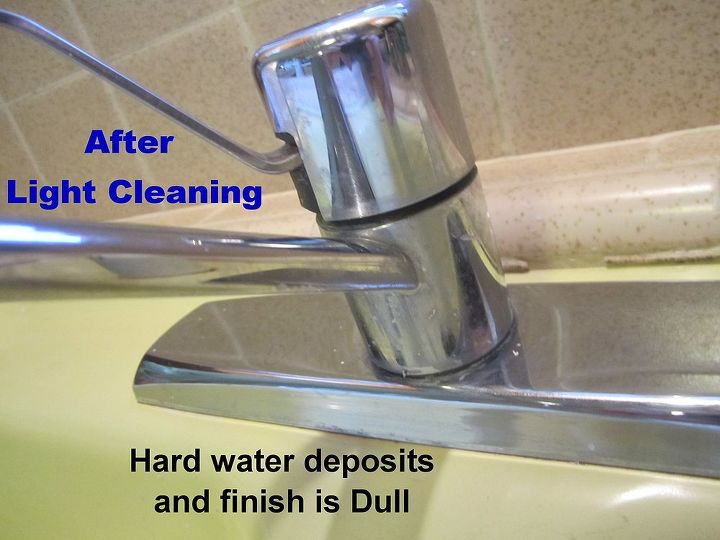
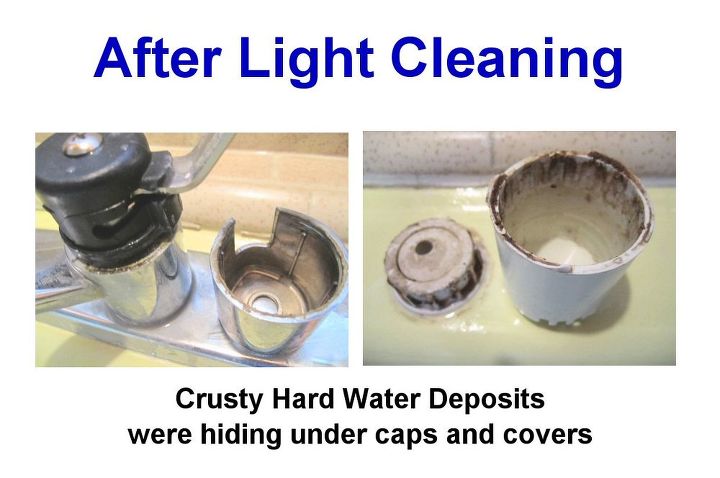
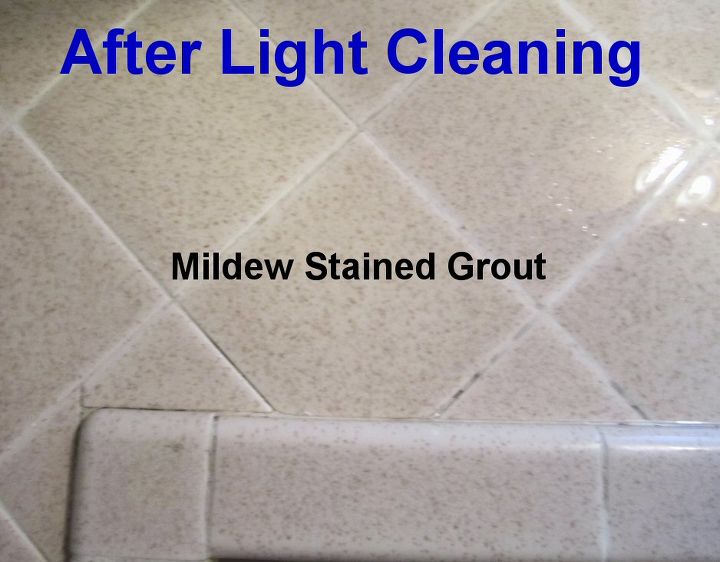

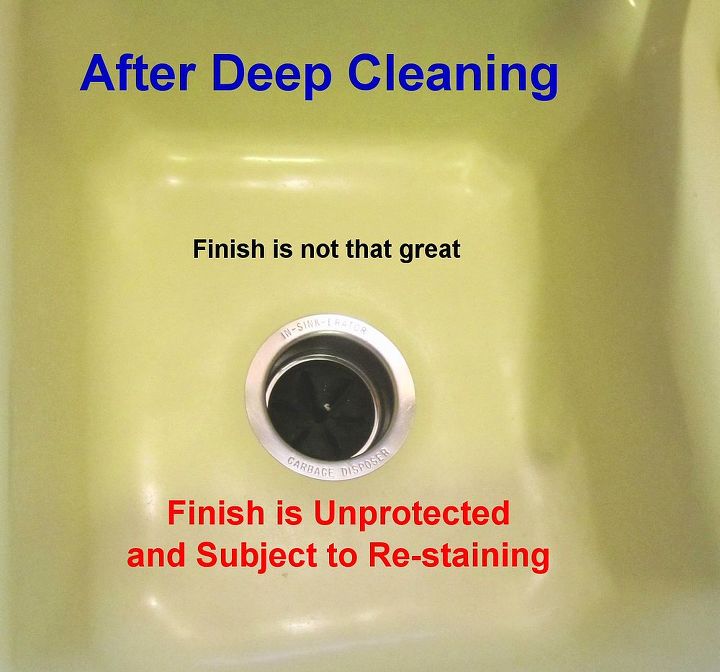
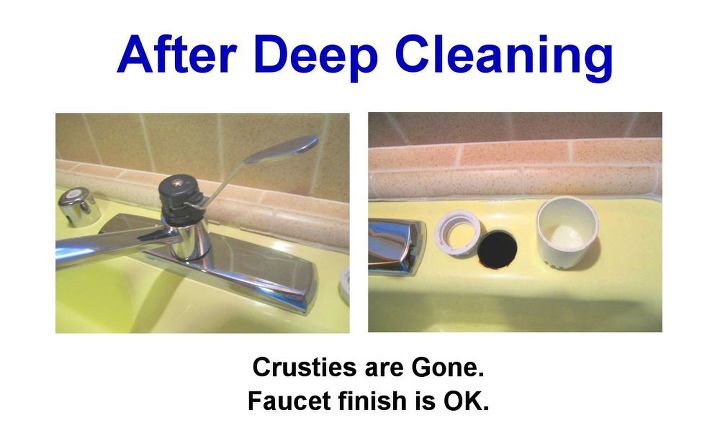

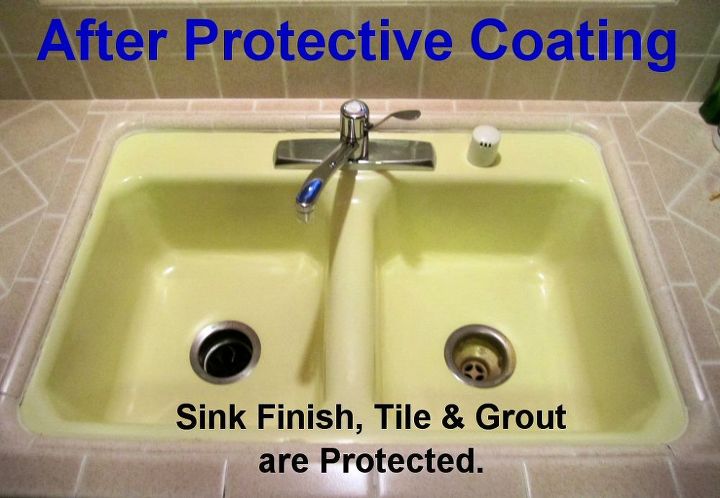


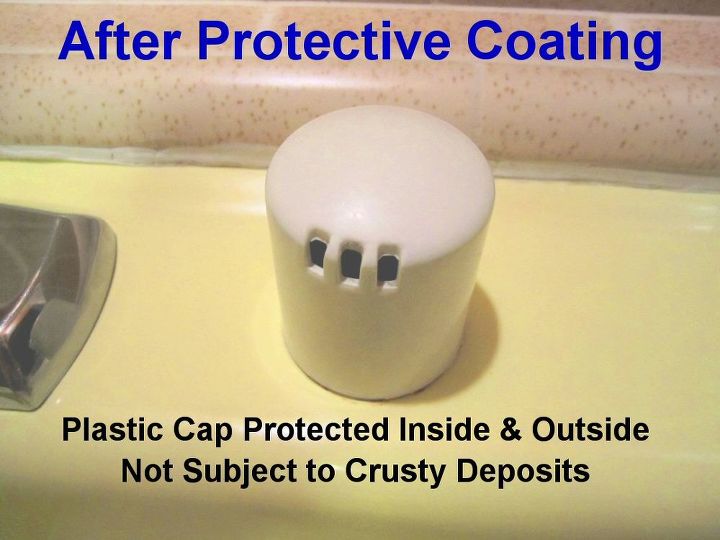








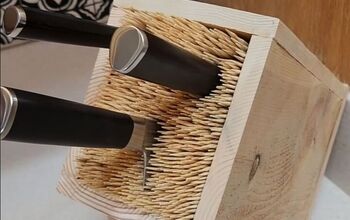
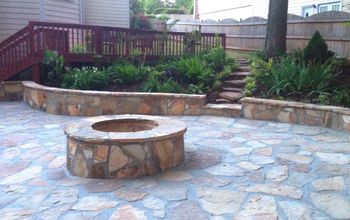



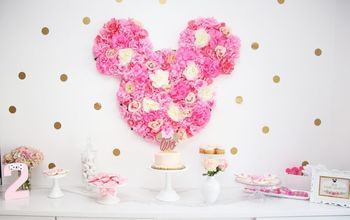
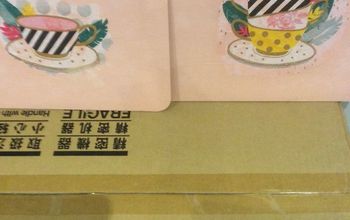
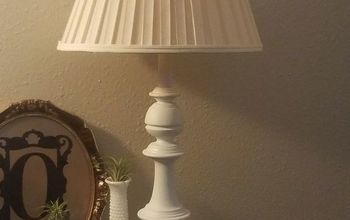

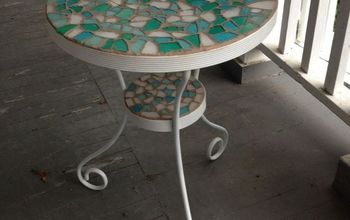
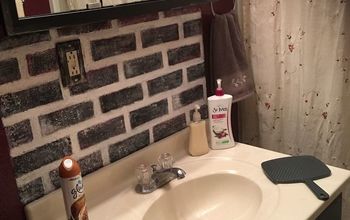





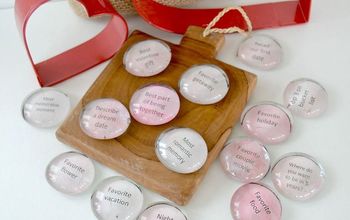
Frequently asked questions
Have a question about this project?
Where did you purchase the dish drainer and sink racks